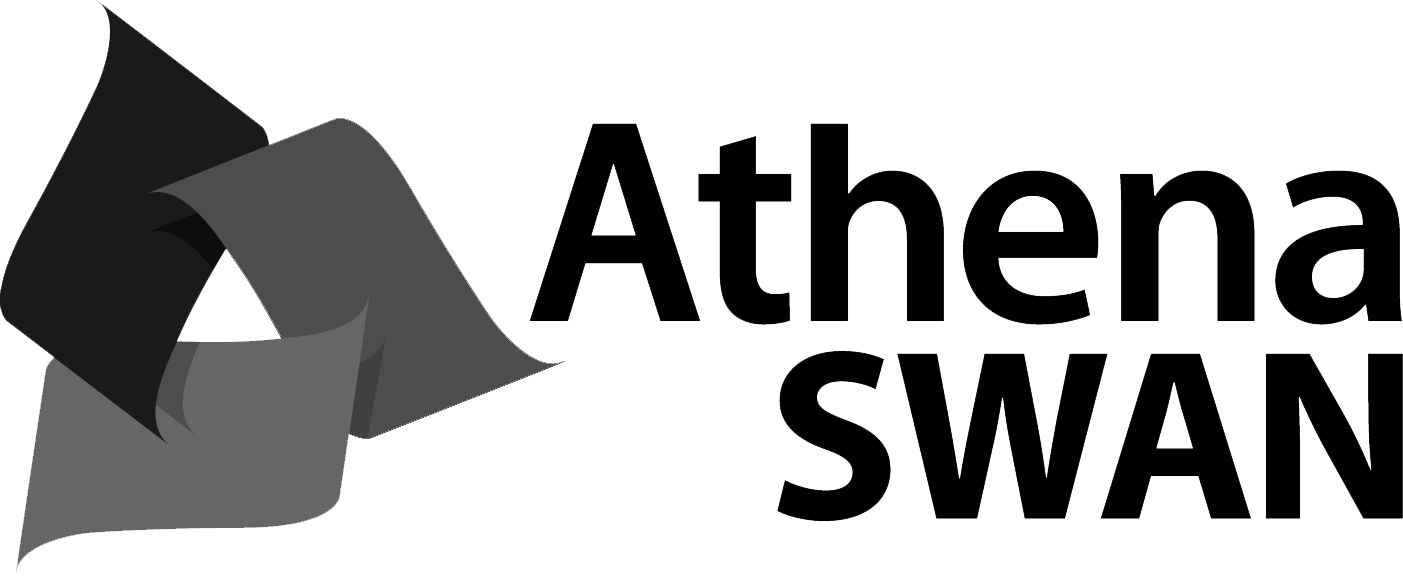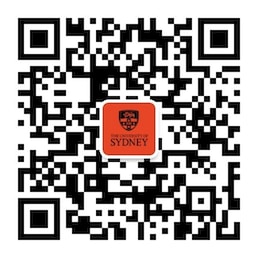This course discusses the processes, methods, techniques and tools that organisations use to determine how they should conduct their business, with a particular focus on how web-based technologies can most effectively contribute to the way business is organized. The course covers a systematic methodology for analysing a business problem or opportunity, determining what role, if any, web-based technologies can play in addressing the business need, articulating business requirements for the technology solution, specifying alternative approaches to acquiring the technology capabilities needed to address the business requirements, and specifying the requirements for the information systems solution in particular, in-house development, development from third-party providers, or purchased commercial-off-the-shelf (COTS) packages.
Unit details and rules
| Academic unit | Computer Science |
|---|---|
| Credit points | 6 |
| Prerequisites
?
|
INFO1113 or INFO1103 or INFO1105 or INFO1905 |
| Corequisites
?
|
None |
|
Prohibitions
?
|
INFO2110 |
| Assumed knowledge
?
|
None |
| Available to study abroad and exchange students | Yes |
Teaching staff
| Coordinator | Vera Chung, vera.chung@sydney.edu.au |
|---|---|
| Tutor(s) | Muhammad atif Iqbal, muhammadatif.iqbal@sydney.edu.au |
| Noe Jacob, noe.jacob@sydney.edu.au | |
| Ryan Padamadan, ryan.padamadan@sydney.edu.au | |
| Michael Zheng, michael.zheng@sydney.edu.au | |
| Vincent zhu, zhuohang.zhu@sydney.edu.au |





